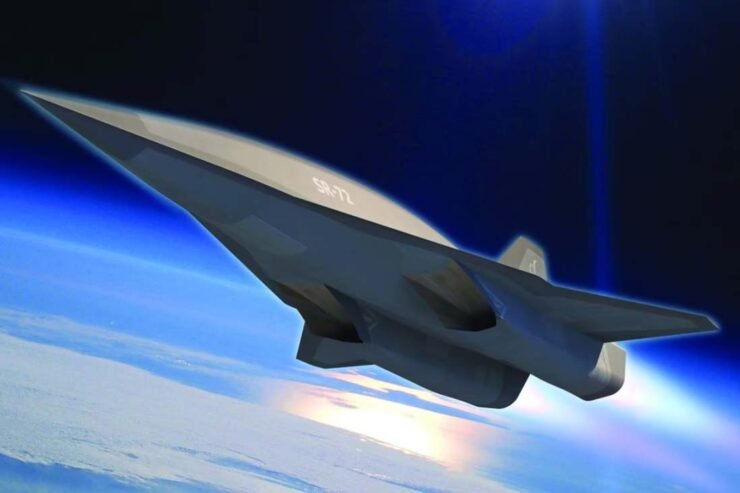
Bengaluru: A new material that can withstand very high temperatures for a long time has been developed in China. This material could be used to make planes that fly much faster than ever before. This is because hypersonic flight is flight at speeds greater than Mach 5, or approximately 3,800 miles per hour (6115 Kmph).
Hypersonic flight is very challenging because the air molecules around the plane are compressed and heated to very high temperatures. This can cause the plane to melt or break apart. The new material developed in China could help to solve this problem by making it possible to build planes that can withstand the high temperatures of hypersonic flight.
There are no planes that can fly at hypersonic speeds for very long because the air around the plane gets very hot and can melt the plane. Researchers in China tested a design for a hypersonic plane that reached a height of 26 kilometres, but it didn’t use the new material that could withstand the heat. A new material that can withstand very high temperatures has been developed in China. The material can withstand temperatures of up to 3000°C for hours, which means it could be used in hypersonic aircraft. The material was first created in 2012 and is now being produced for use in aviation, space, and defence applications.
Researchers have not revealed many details about the material, but their published work is in high-performance tungsten and they have previously filed a patent for a technique for producing tungsten composites.
Professor from the University of Sheffield in the UK say it is possible to make a tungsten-based material that can withstand very high temperatures.
Tungsten composites are a good option for high-temperature materials, but it is hard to find the right combination of materials that work, says Zak Fang a researcher from the University of Utah. Tungsten is a very dense material, so it may only be used in parts of the plane where heat resistance is important, like the leading wing edges, so that the plane doesn’t become too heavy.
The US military research agency, the Defense Advanced Research Projects Agency (DARPA), has launched a new project to find materials that can withstand temperatures of up to 2200°C for its hypersonic flight program.
Without more information or scientific papers, it is hard to say if the new material is as good as it is claimed to be. Right now, it is more talk than reality, says researcher Fang.








